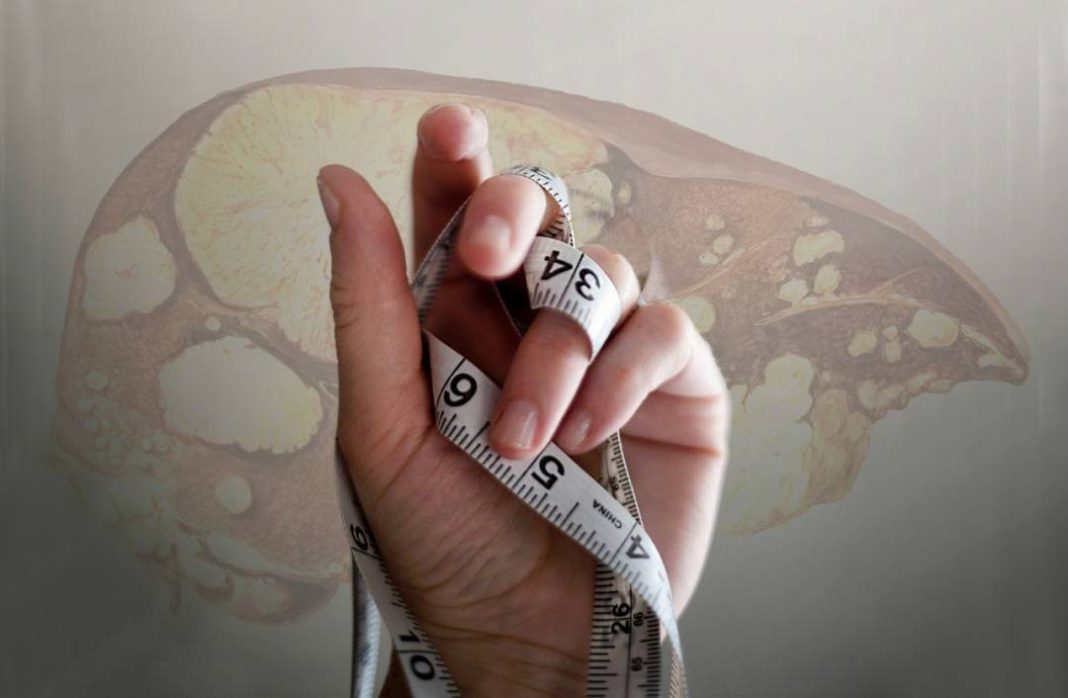Recently, a 29-year-old woman in Ningbo discovered she had mild fatty liver during a health examination. She adopted a strict vegetarian diet to lose weight, typically consuming only boiled vegetables and steamed grains. Over six months, she successfully lost 10 pounds and improved her body shape. However, her original mild fatty liver surprisingly progressed to moderate to severe fatty liver.
The person lost weight, but the liver became “fat.” Why is this? What habits in our daily lives that we consider healthy or normal might actually lead to fatty liver?
Fatty Liver: The Most Common Chronic Liver Disease in China
In May 2024, data from the “Guidelines for the Prevention and Treatment of Metabolic-Related (Non-Alcoholic) Fatty Liver Disease (2024 Edition)” released by the Chinese Medical Association’s Hepatology Branch revealed that, over the past 20 years, the prevalence of non-alcoholic fatty liver disease among adults in China is 29.6%, surpassing viral hepatitis to become the most common chronic liver disease in the country.
Why is the accumulation of fat in the liver classified as chronic liver disease?
Guan Lin, deputy director and associate professor of the Gastroenterology Department at the First Affiliated Hospital of China Medical University, stated in an interview with China News Service that fatty liver refers to a condition where there is an excessive accumulation of fat within liver cells caused by various factors.
As a common disease, clinical symptoms of fatty liver are often not typical. The total fat content in a healthy person’s liver is about 5% of its weight and includes phospholipids, triglycerides, fatty acids, cholesterol, and cholesterol esters. If the fat content exceeds 5%, it’s considered mild fatty liver; over 10% is moderate fatty liver; and over 25% is severe fatty liver. Fatty liver has become a widespread issue among modern individuals.
Guan Lin explained that common types of fatty liver can generally be categorized into metabolic-related fatty liver disease, alcoholic liver disease, secondary fatty liver disease, cryptogenic fatty liver disease, and special types of fatty liver disease. The recently reported case of a 29-year-old who successfully lost weight but had worsening fatty liver is consistent with characteristics of secondary fatty liver disease (malnutrition).
We commonly understand that nutrient excess leads to fat accumulation; why does malnutrition cause fatty liver?
Guan Lin believes that long-term vegetarianism can lead to insufficient protein intake, which results in increased fat mobilization. A large amount of fatty acids enters the liver and synthesizes triglycerides. Insufficient protein leads to inadequate apolipoprotein synthesis, preventing timely transport of triglycerides out of the liver, exacerbating fat accumulation in the liver, and causing or worsening fatty liver.
Apart from the phenomenon of “thin people with fatty livers,” what other misconceptions in our daily lives could hinder our prevention and treatment of fatty liver?
Three Major Misconceptions About Fatty Liver
Guan Lin pointed out that an unreasonable dietary structure, such as a high-fat, high-sugar diet, a sedentary lifestyle, and excessive alcohol consumption, can lead to or worsen fatty liver.
Misconception 1: “Thin people” cannot get fatty liver.


